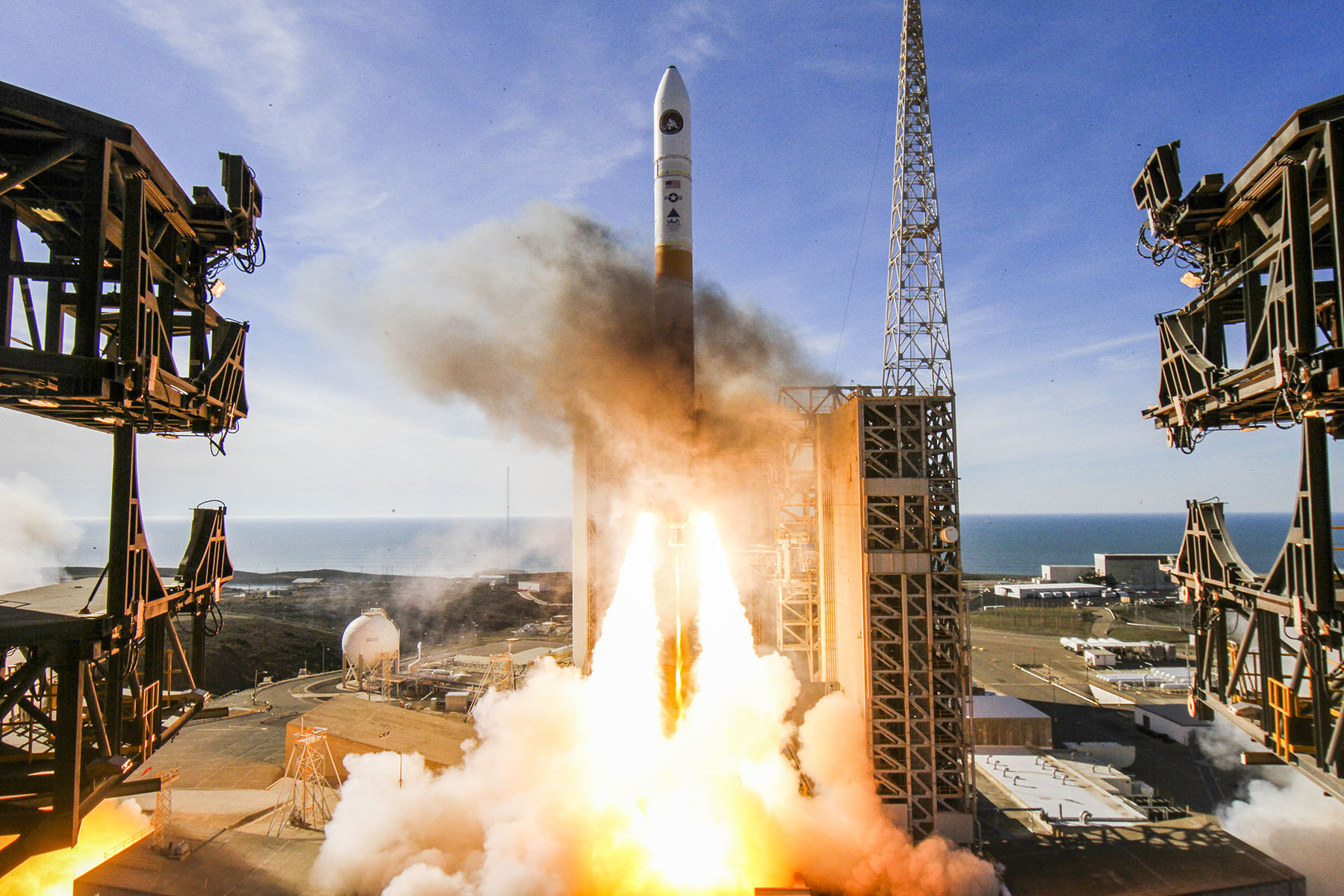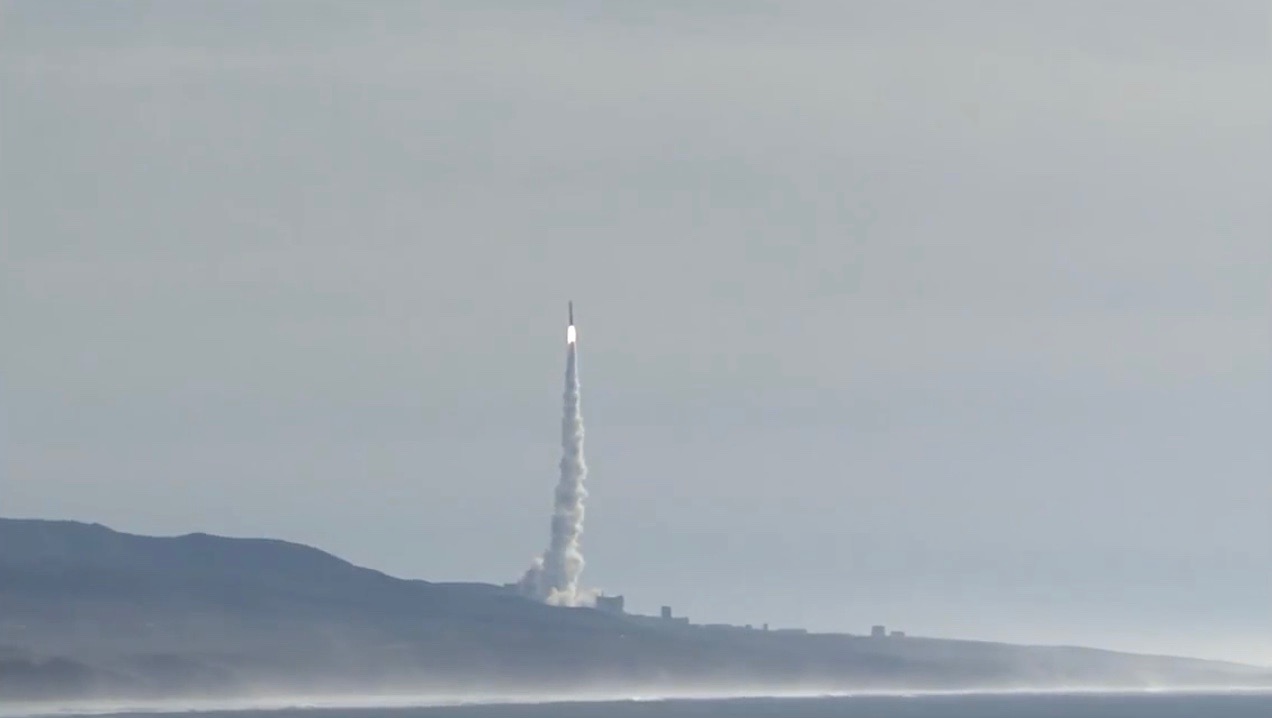US Launches New Spy Satellite on Secret Mission
The fleet of U.S. spy satellites has just welcomed a new member.
The NROL-47 spacecraft soared into Earth orbit today (Jan. 12), riding atop a United Launch Alliance (ULA) Delta IV Medium rocket that lifted off from California's Vandenberg Air Force Base at 5:11 p.m. EST (2211 GMT, 2:11 p.m. local California time).
NROL-47 will be operated by the National Reconnaissance Office (NRO), which builds and manages the United States' spy satellites. NRO missions tend to be hush-hush, and NROL-47 is no exception; no details have been released about the satellite's planned activities. [The Secret NROL-47 Spy Satellite Launch in Photos]

However, we can make a few inferences. Today's launch employed the "5,2" variant of the Delta IV — meaning the rocket featured a 5-meter-wide (16.5 feet) payload fairing and two solid rocket boosters strapped to the core stage.
"That version of the Delta IV has flown only twice before, and analysts who track space activities believe both launches — in 2012 and 2016 — hauled so-called Topaz radar reconnaissance satellites into orbit," Spaceflight Now's Stephen Clark wrote in late December.

Today's launch was the first of the year for ULA, which is a partnership between aerospace giants Boeing and Lockheed Martin. ULA has now launched 27 satellites for the NRO, including three last year, all of which lifted off atop Atlas V rockets.
The two-stage, 217-foot-tall (66 m) Delta IV now has a total of 36 space missions under its belt, ULA representatives said. The rocket has been flying since 2002, when it was solely a Boeing vehicle. (ULA formed in December 2006.)
Get the Space.com Newsletter
Breaking space news, the latest updates on rocket launches, skywatching events and more!
This afternoon's liftoff was delayed two days, first by strong winds and then by an issue with a ground-system valve. NROL-47 ended up taking to the skies five days after another national-security launch, that of the mysterious Zuma payload by a SpaceX Falcon 9 rocket. The Zuma mission appears to be a failure, though what exactly happened is unclear at the moment. SpaceX representatives have said the Falcon 9's performance met expectations; speculation is currently centering on a possible problem with the satellite's separation from the rocket's upper stage.
Follow Mike Wall on Twitter @michaeldwall and Google+. Follow us @Spacedotcom, Facebook or Google+. Originally published on Space.com.
Join our Space Forums to keep talking space on the latest missions, night sky and more! And if you have a news tip, correction or comment, let us know at: community@space.com.

Michael Wall is a Senior Space Writer with Space.com and joined the team in 2010. He primarily covers exoplanets, spaceflight and military space, but has been known to dabble in the space art beat. His book about the search for alien life, "Out There," was published on Nov. 13, 2018. Before becoming a science writer, Michael worked as a herpetologist and wildlife biologist. He has a Ph.D. in evolutionary biology from the University of Sydney, Australia, a bachelor's degree from the University of Arizona, and a graduate certificate in science writing from the University of California, Santa Cruz. To find out what his latest project is, you can follow Michael on Twitter.









